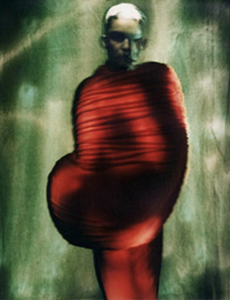Throughout this module of research and communication, I have undertaken tasks which have enhanced my basic skills and knowledge when it comes to using a wide variety of resources and approaches towards my own work. I found most of the tasks beneficial however, some felt more challenging than others.
For task one and two, I started off by looking at an advertising poster by the notorious brand, Moschino. From that, I linked it through the pushing of boundaries with an image found on the internet that has recently caught media attention. I found that this related to the exhibition at the met; Iris and b.Gerald Canton. Upon hearing what the first task was, I didn’t expect it to benefit me massively however, it gave me knowledge about current affairs that are happening in today’s fashion industry that I wouldn’t have thought about without doing my own research into it.
Task three and four had me finding three different resources, a book, newspaper and website that all linked together and reference them which I found fairly easy as I have previously used harvard referencing before, however I did struggle with locating my first image that I wanted to explore further. Going into a library full of books should have made it easier for me, nevertheless, I found it harder to narrow down to just one image that I wanted to digress, drawing out the time process in which I completed the task which is something I need to improve on. I found the lecture more interesting, as we are in an already saturated industry, making copyright even harder to enforce.
In task five and six, I started out looking at a collection by Roberta Einer and then used the internet and articles to find out about the inspiration behind her designs. The lecture made me realise how much an artist can be inspired by other peoples work and the sheer amount of work that goes on behind the designing process. This related back to the previous task which emphasised how important it is to reference what and who has inspired your own artwork. I also found creating a visually stimulating mood board very useful and applied similar ways of composition in other mood boards I have had to produce since.
For task seven and eight, we had to read and analyse a text, and then link it to two other texts that related. I found this task more challenging than others due to the heavy, articulate language used in the reading, making me have to read through it multiple times to fully understand it. I also found it harder to find reliable sources that related well, drawing out the process of completing the task. Due to the dread of having to complete this task, it meant that I put it off for as long as I could, procrastinating more than using my time wisely.
Task nine and ten had me analising a controversial advertising campaign by Duncan Quinn. It allowed me to question societies ideologies regarding advertising to a specific audience, analysing a brand and image, which I enjoyed unpicking. I find this taboo subject to be highly interesting as it has reason for debate, aiding my own morals and beliefs, expanding my own opinions.
After reflecting on these ten tasks, it has made me realise how useful they have been towards my own projects. I have generated a wealth of knowledge about different creative practitioners, the industry and using a variety of resources when finding inspiration. However in the future, I need to work on my time keeping skills when completing these tasks, tackling one a week to keep up.

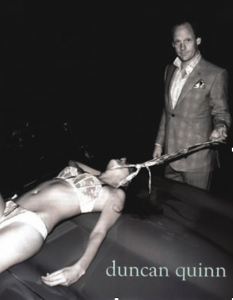
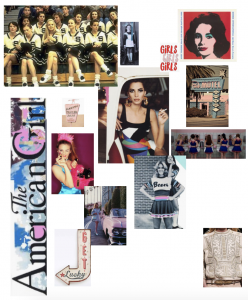
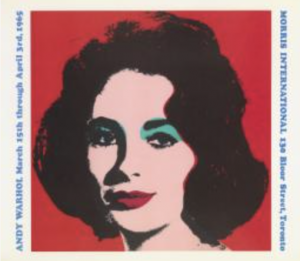
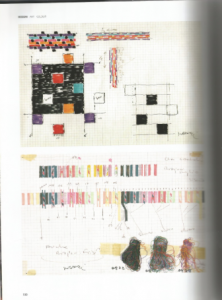
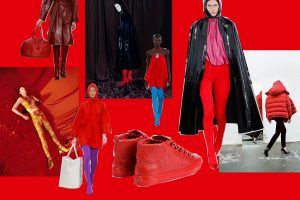
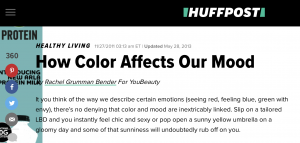

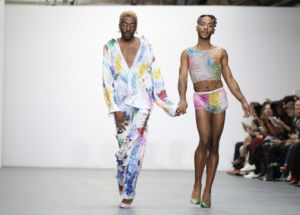 Ashish, Spring/Summer 2016 Catwalk show.
Ashish, Spring/Summer 2016 Catwalk show.